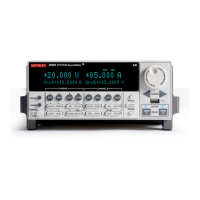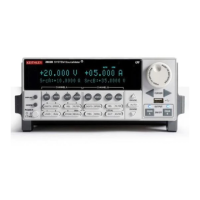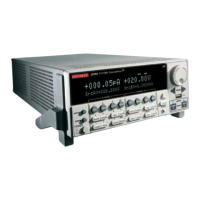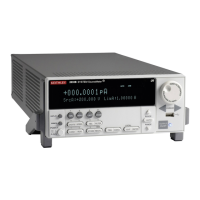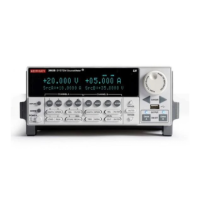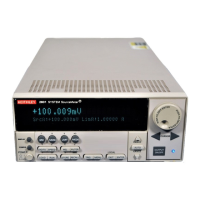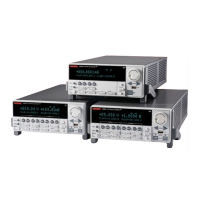4-4 Return to Section Topics 2600S-900-01 Rev. C / January 2008
Section 4: Controlling Multiple Series 2600s (TSP-Link) Series 2600 System SourceMeter
®
Instruments User’s Manual
node[4].smua.reset() -- Resets SMU A of Node 4.
node[1].smua.reset() -- Resets SMU A of Node 1.
Using the alias (localnode)
The variable localnode is an alias for node[N], where N is the node number of the Master.
For example, assume that Node 1 is the Master in a TSP-Link system. To send a command to
Node 1, you can use
node[1] or localnode as follows:
node[1].smua.reset() -- Resets SMU A of the Master (Node 1).
localnode.smua.reset() -- Resets SMU A of the Master (Node 1).
Running scripts in a TSP-Link system
For remote programming, only a script stored in the Master can be run. Scripts in the Slaves
cannot be accessed. See “
How do I interact with scripts using Test Script Builder?” on page 3-3.
For front panel operation, a script in any node can be run from its front panel. For details, see “How
do I run a script from the front panel?” on page 3-2.
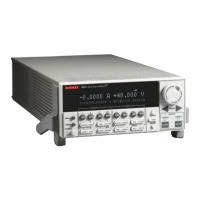
